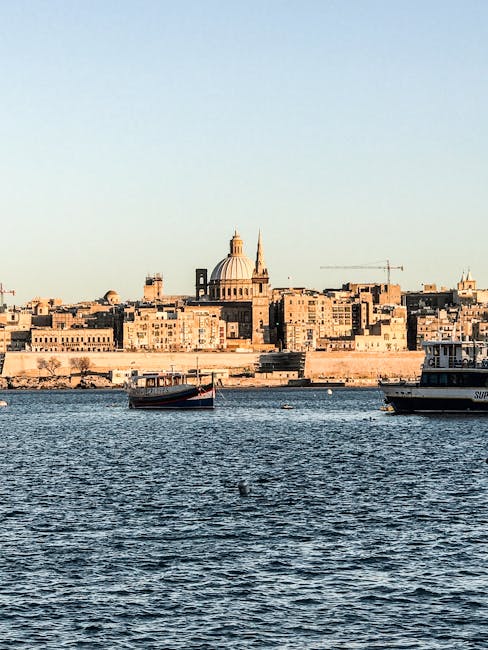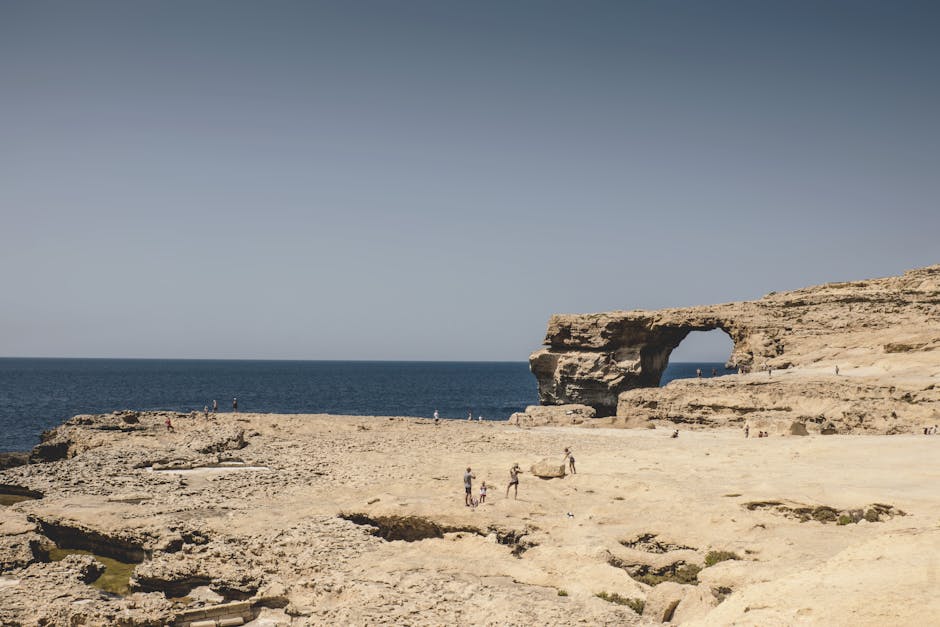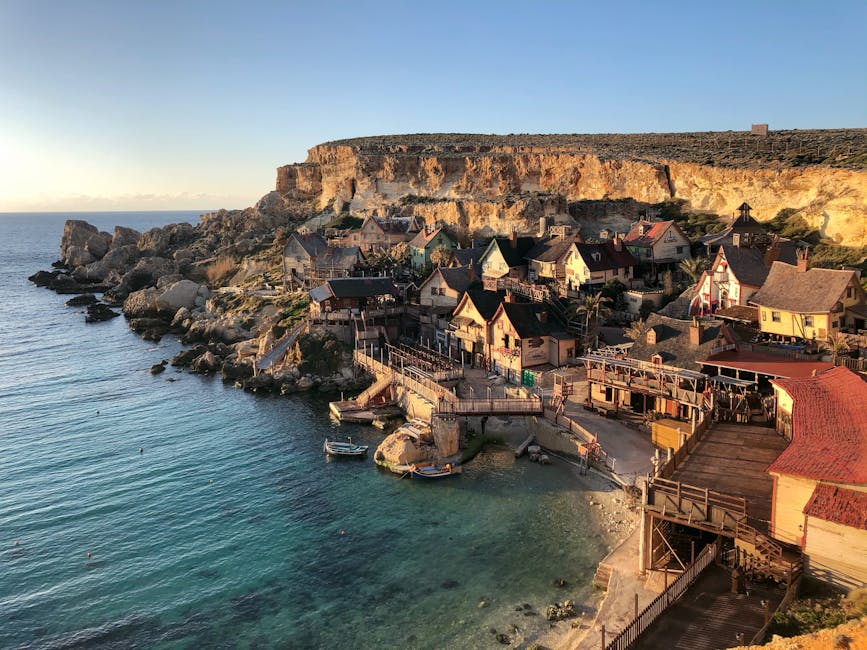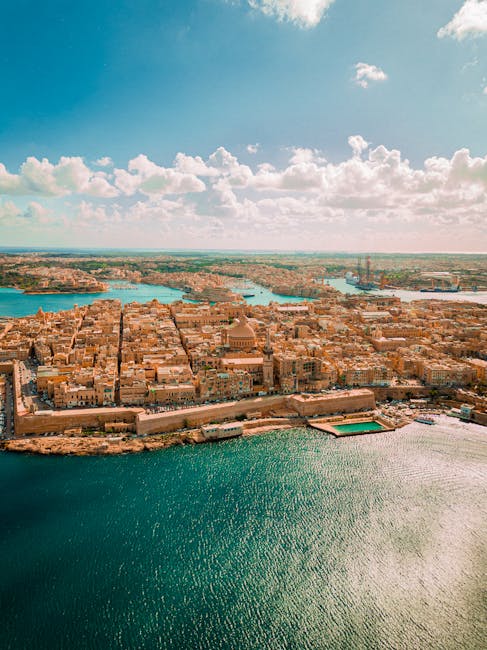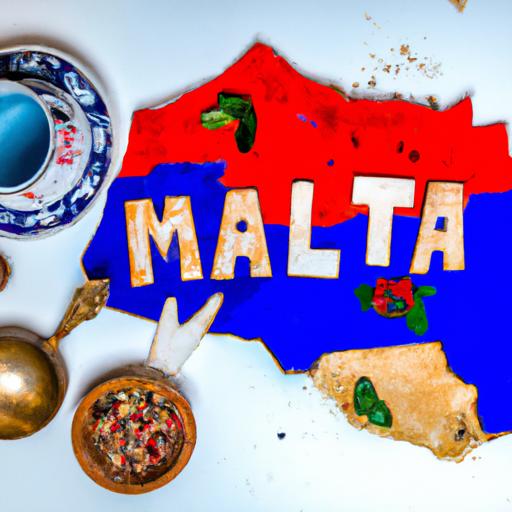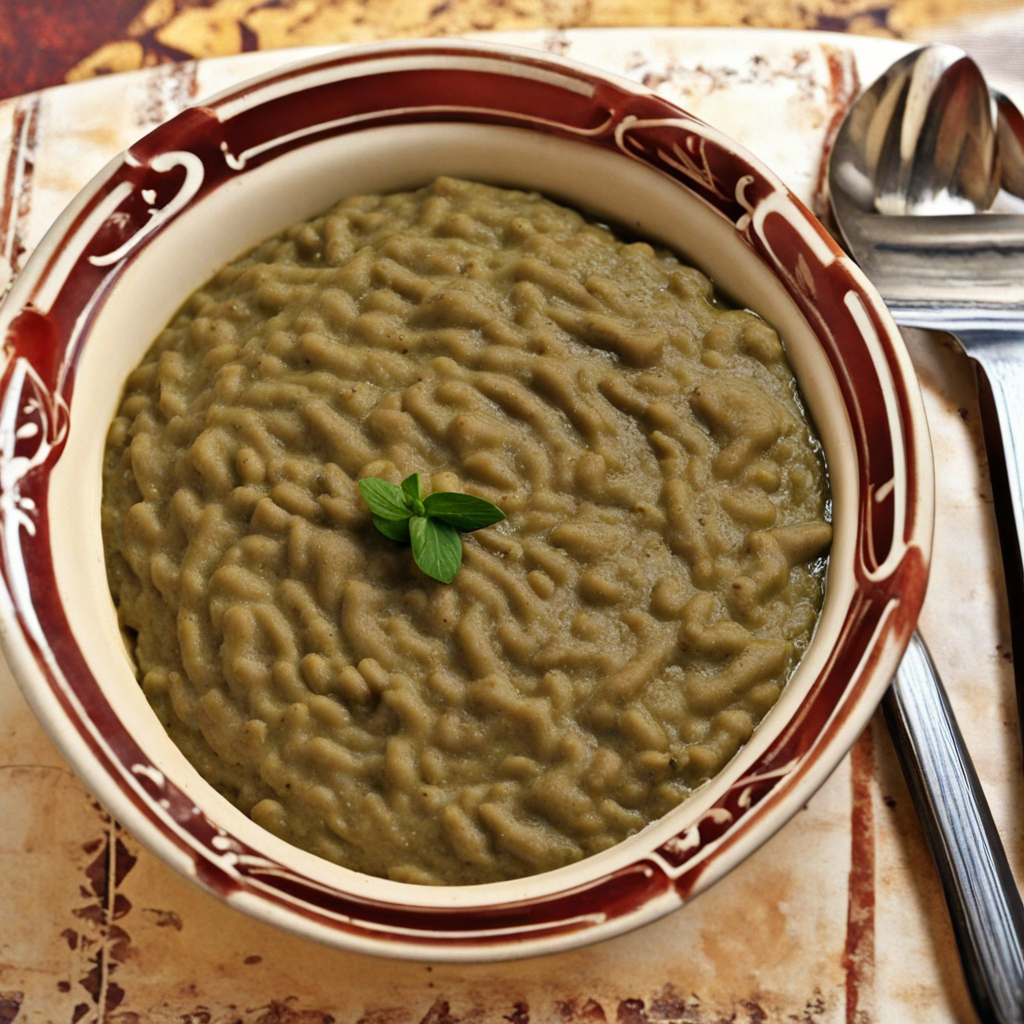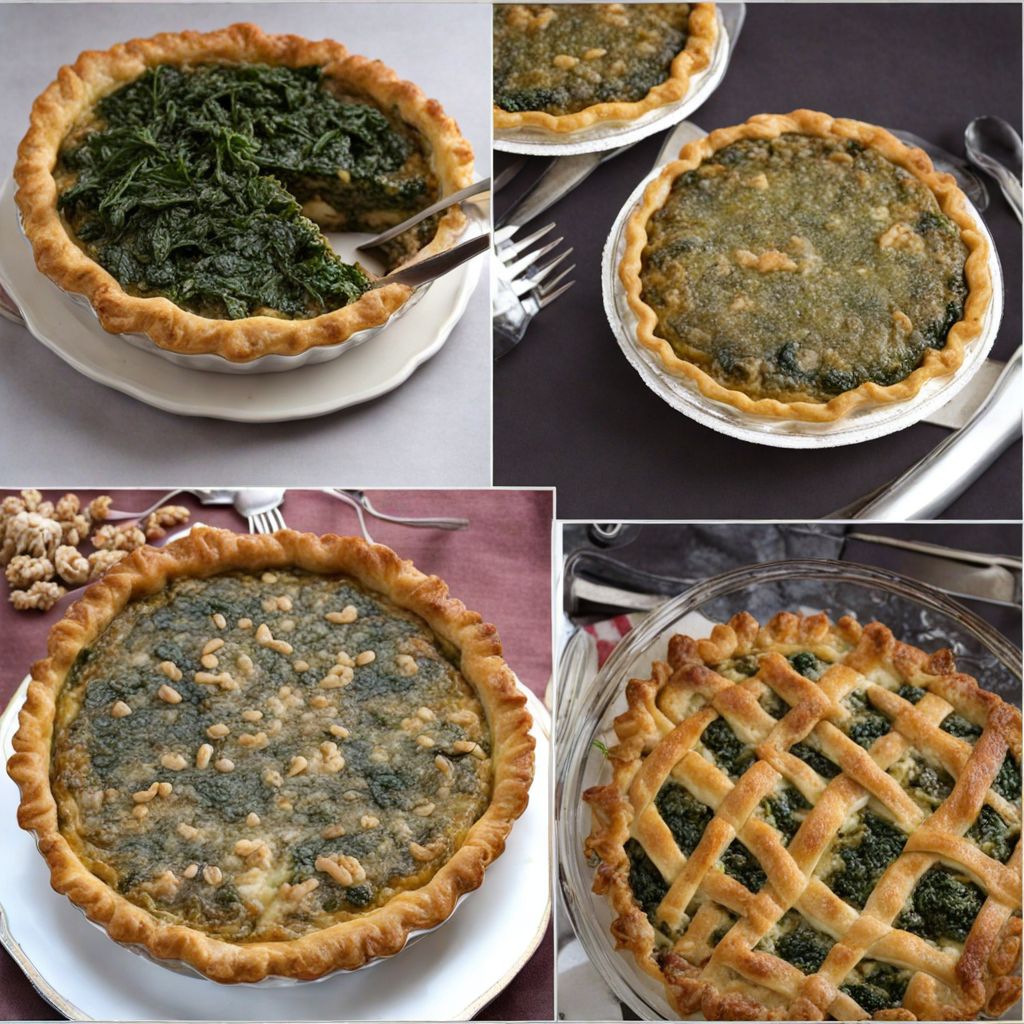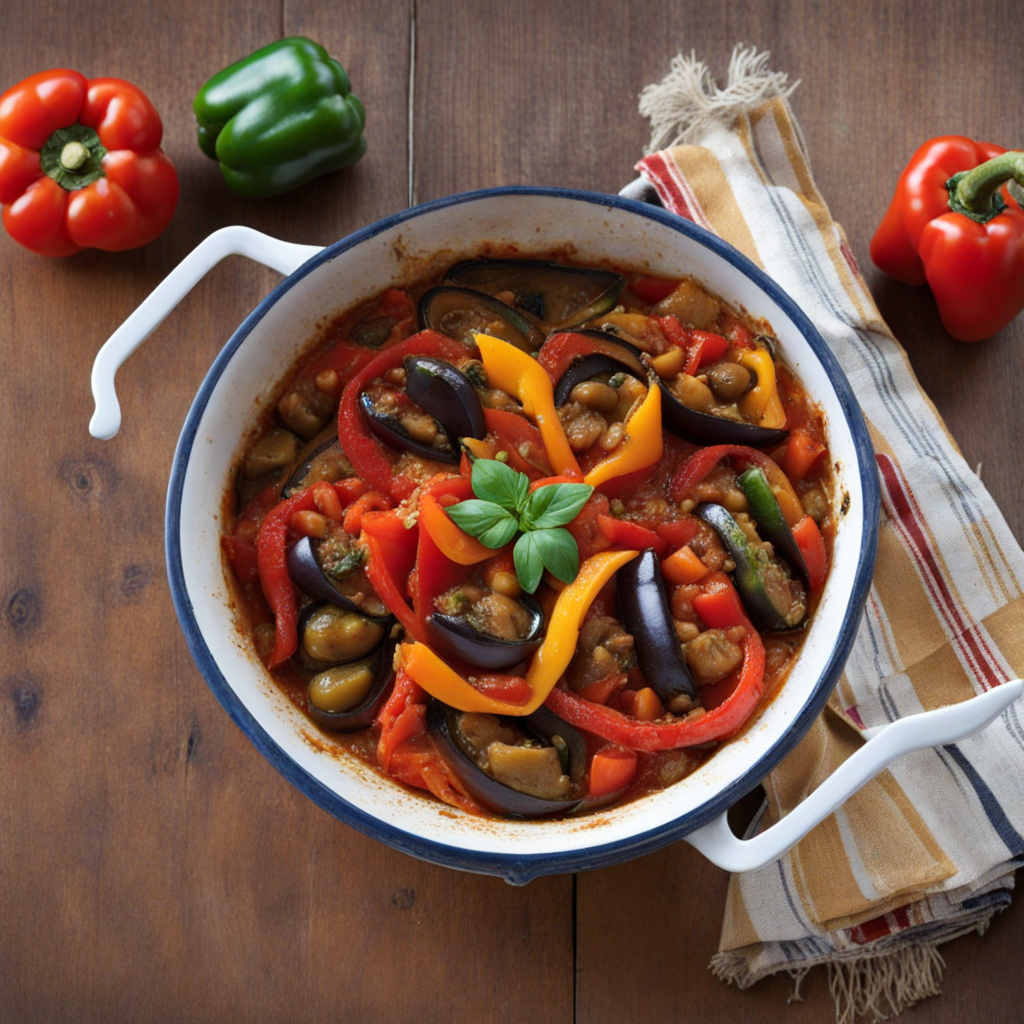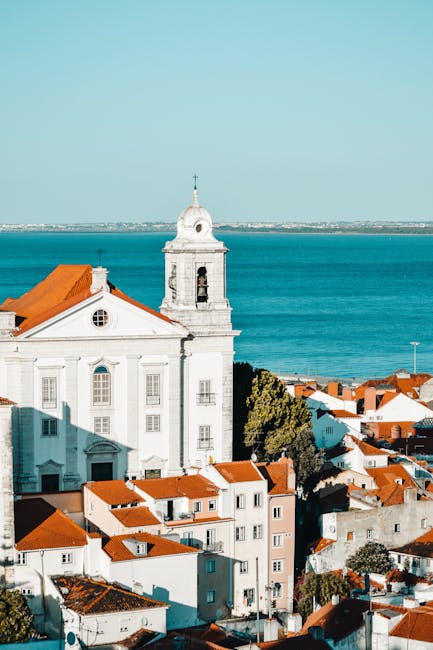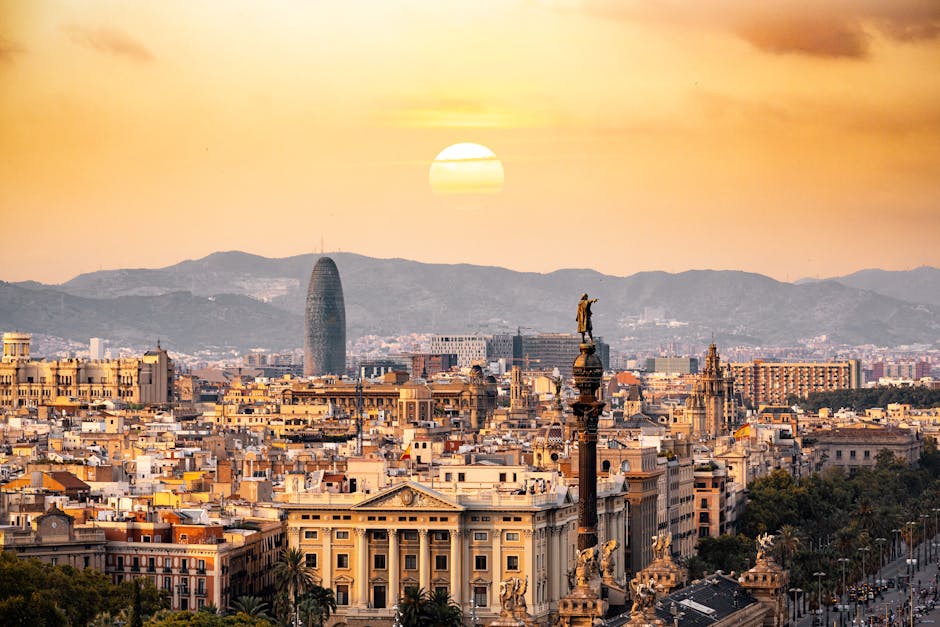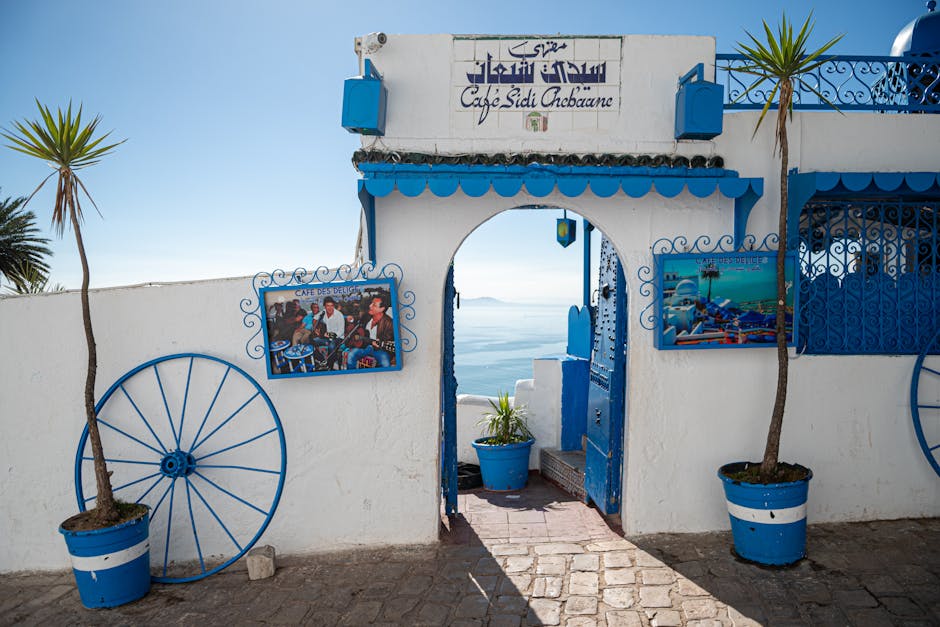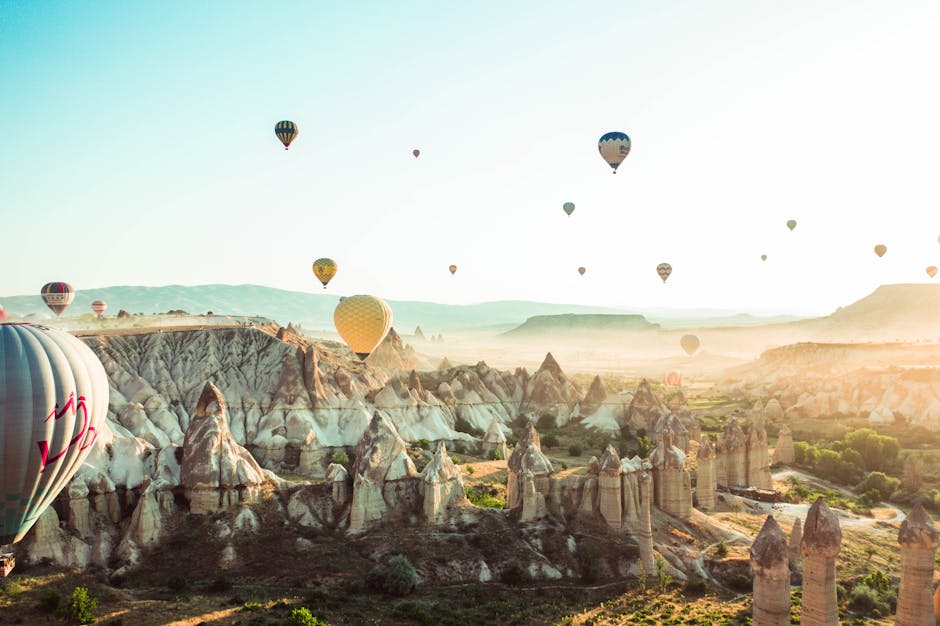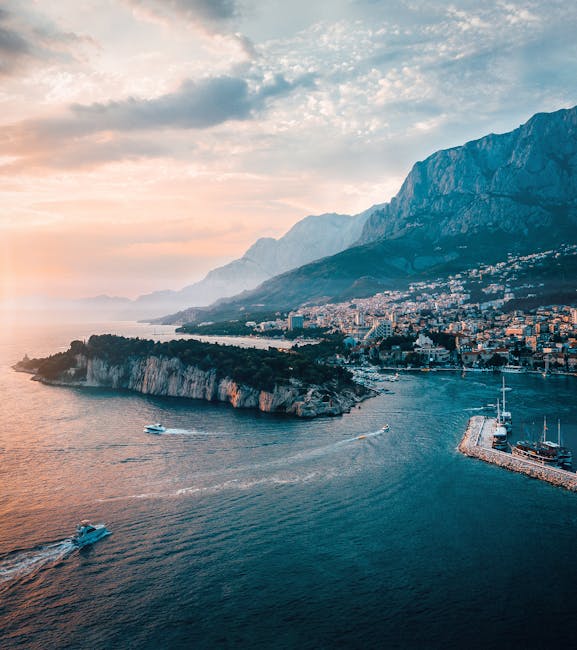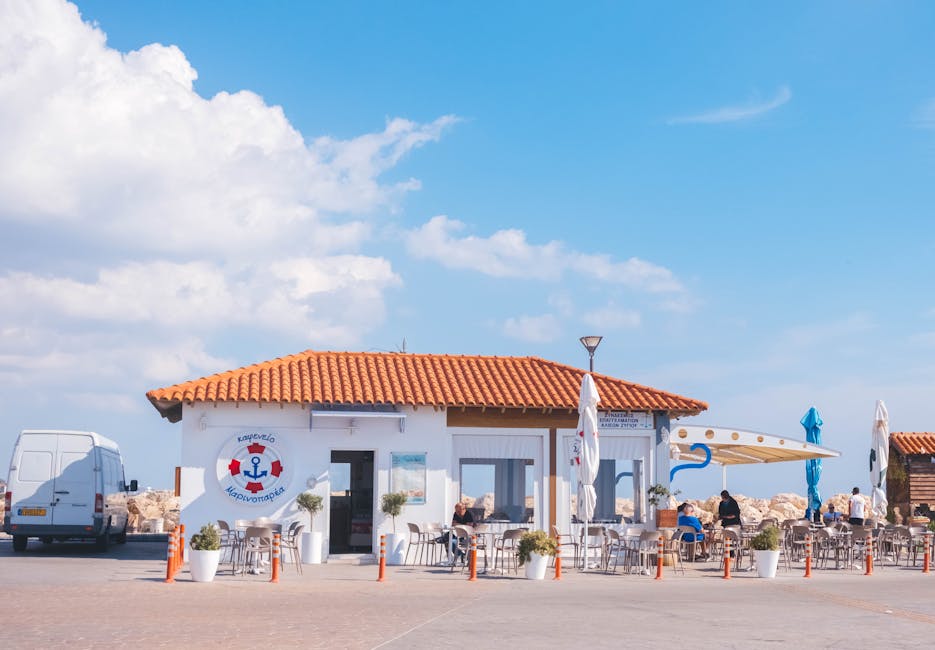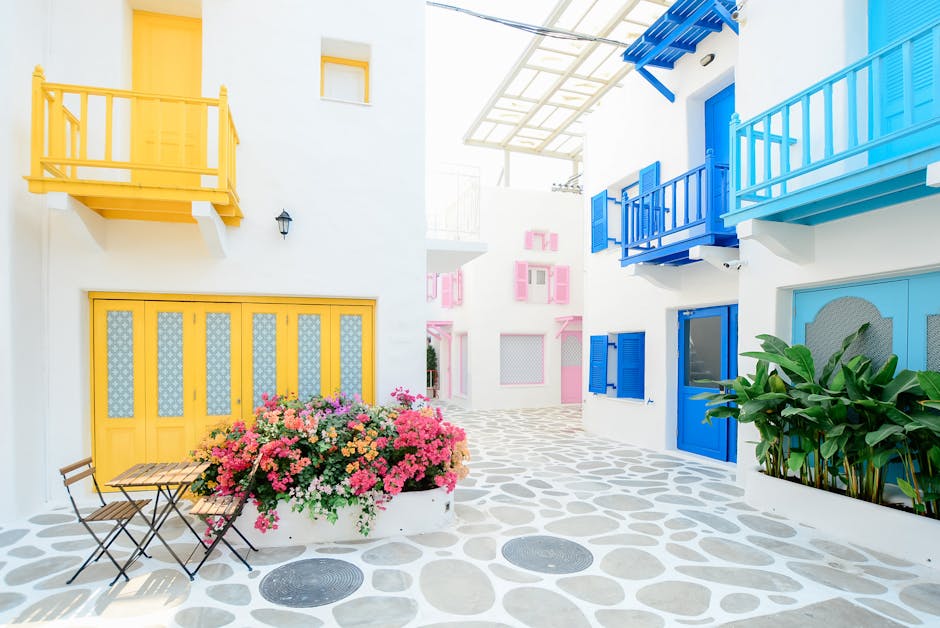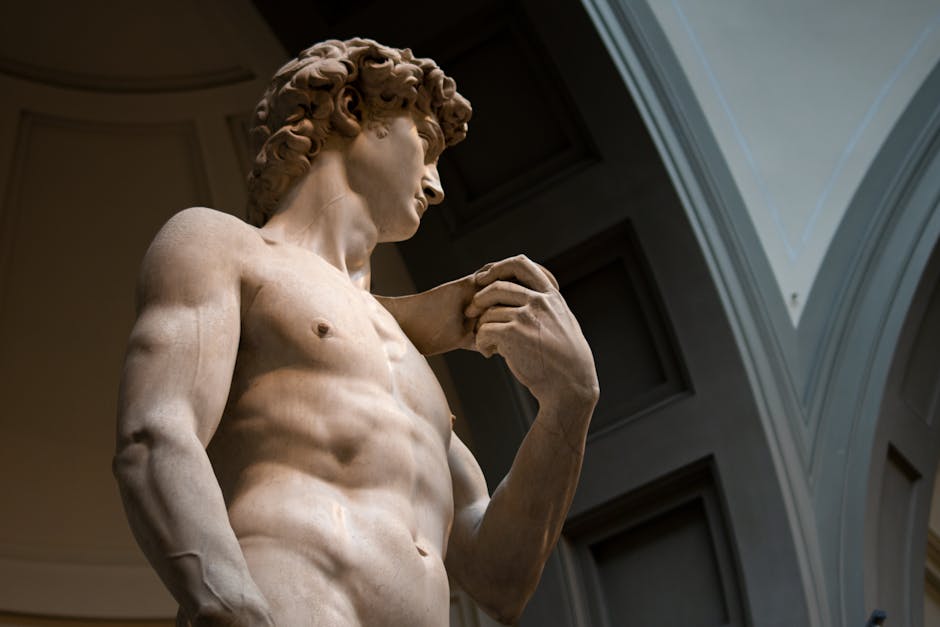Malta
Overview
Malta, a stunning archipelago in the heart of the Mediterranean Sea, is a culturally rich destination that combines European elegance with a unique island charm. Known for its breathtaking landscapes, historical sites, and vibrant nightlife, Malta has plenty to offer for every type of traveler. Its culture is a blend of influences from its previous rulers - Romans, Moors, Knight of Saint John, French, and British - which you can see in its architecture, food, and traditions. From the ancient city of Mdina to the bustling streets of Valletta, each corner of Malta tells a unique story, making it a paradise for history enthusiasts and adventure seekers alike.
The high season for tourism in Malta is between June and August, when the weather is typically hot and sunny, with temperatures ranging from 23°C to 31°C. During this period, you can enjoy a variety of outdoor activities such as swimming, snorkeling, and diving in the clear blue waters, exploring historical sites, or attending one of the numerous music and arts festivals. Malta's beaches, like Golden Bay and Mellieha Bay, are particularly popular in summer, while the cool evening breeze provides the perfect setting for leisurely walks along the waterfront.
Before traveling to Malta, there are a few important things to prepare. For starters, make sure your passport is valid for at least six months from your planned departure date. While Malta is part of the European Union and the Schengen Area, which allows visa-free travel for many countries, it's always best to check the visa requirements based on your home country. Familiarize yourself with local customs and etiquette to respect the local culture. Also, pack suitable clothing for the weather. As Malta enjoys a Mediterranean climate, lightweight, breathable clothing is recommended for the summer months.
Don't forget to pack a good pair of walking shoes, as Malta’s cities are full of narrow, winding streets perfect for exploring on foot. Always carry a reusable water bottle to stay hydrated, and a high-factor sunblock to protect your skin from the strong Maltese sun. Lastly, ensure you have travel insurance in case of any unforeseen circumstances.
A Glimpse into the Past
Malta, a small archipelago located in the Mediterranean Sea, possesses a rich and multifaceted history that has shaped its vibrant culture and stunning architecture. The islands have been inhabited since the Neolithic period, with archaeological evidence indicating that the first settlers arrived around 5000 BC. The most notable remnants of this ancient civilization include the remarkable megalithic temples of Ġgantija on Gozo and Ħaġar Qim on the main island, which are among the oldest free-standing structures in the world.
As time progressed, Malta became a crucial stopover for various civilizations due to its strategic location at the crossroads of the Mediterranean. The Phoenicians arrived around 800 BC, followed by the Romans in 218 BC. Under Roman rule, Malta flourished, benefitting from trade and cultural exchange. The influence of the Romans can still be felt today, particularly in the ancient ruins and the remnants of the Roman city of Melite, now known as Mdina, which served as the capital until the medieval period.
With the decline of the Roman Empire, Malta fell under the control of the Byzantines, who ruled for several centuries. This period saw the spread of Christianity, and the islands became an important center for the faith. The Apostle Paul is believed to have shipwrecked on Malta in AD 60, which is commemorated at the St. Paul’s Cathedral in Mdina, attracting pilgrims and tourists alike.
In the 9th century, Malta was invaded by the Arabs, who introduced new agricultural practices and crops, such as citrus fruits. The Arab influence is evident in the Maltese language, which contains many Arabic words, as well as in the architecture and urban planning of the time. The islands remained under Arab rule until they were conquered by the Normans in 1091, marking the beginning of Christian rule once again.
The Normans and subsequent rulers, including the Knights of St. John, transformed Malta into a fortified stronghold. In 1530, the Knights were granted control of the islands, and they embarked on a massive construction program. The city of Valletta, founded in 1566, stands as a testament to their architectural prowess. The city is a UNESCO World Heritage site, filled with stunning Baroque buildings, including the magnificent St. John’s Co-Cathedral, which houses Caravaggio's famous painting, "The Beheading of Saint John the Baptist."
The Knights played a crucial role in defending Malta against the Ottoman Empire, particularly during the Great Siege of 1565. Their victory not only solidified their control over the islands but also established Malta as a significant player in Mediterranean politics. The legacy of the Knights can still be seen today in the numerous palaces, churches, and fortifications that dot the landscape.
By the late 18th century, the French, under Napoleon Bonaparte, briefly occupied Malta. However, their rule was short-lived as the British intervened, leading to the establishment of British rule in 1814. Malta became a vital naval base for the British Empire, especially during World War II when it faced intense bombing campaigns. The resilience of the Maltese people during this period was recognized when the island was awarded the George Cross for bravery, which is now displayed on the national flag.
The British influence on Malta's culture is still evident today, particularly in the language, with English being one of the official languages alongside Maltese. The legacy of British rule is also reflected in the legal system, education, and the widespread use of red telephone boxes and post boxes throughout the islands.
In 1964, Malta gained independence from British rule, and in 1974, it became a republic. The islands joined the European Union in 2004, further integrating Malta into the global community. Today, Malta is known for its warm climate, stunning landscapes, and rich history, making it a popular destination for travelers from around the world.
One of the highlights for visitors is the Megalithic Temples, which are a must-see for history enthusiasts. Sites like Tarxien and Mnajdra showcase the advanced engineering skills of the prehistoric inhabitants. The temples are not only significant for their age but also for the insights they provide into the spiritual life of ancient Maltese society.
The capital city, Valletta, offers a wealth of attractions, including the Upper Barracca Gardens, which provide stunning panoramic views of the Grand Harbour. Visitors can explore the rich history at the National Museum of Archaeology, which houses artifacts from Malta's diverse history, including items from the Phoenician, Roman, and Medieval periods.
On the island of Gozo, the Azure Window was a natural limestone arch that became an iconic symbol of Malta until its collapse in 2017. Despite this loss, Gozo retains its charm with beautiful coastal landscapes, the ancient citadel of Victoria, and the stunning Ramla Bay, known for its red sandy beach.
For those interested in the Knights of St. John, a visit to the Inquisitor’s Palace in Birgu and the Fort St. Angelo is highly recommended. These sites provide insight into the governance and operations of the Knights during their rule and are rich in history.
The Maltese cuisine, influenced by the various cultures that have settled on the islands, is another aspect that visitors should not miss. Traditional dishes such as rabbit stew (fenek), pastizzi (flaky pastries filled with ricotta or peas), and Ħobż biż-żejt (bread with oil and toppings) reflect the islands' diverse heritage and are a delightful experience for the palate.
Malta’s festivals, such as the Feast of St. Paul and the Carnival, showcase the island’s vibrant culture and traditions. These celebrations, filled with music, dance, and colorful processions, provide travelers with an authentic glimpse into the local way of life.
In summary, Malta is a treasure trove of history, culture, and natural beauty. From its ancient temples and medieval cities to its stunning coastlines and culinary delights, the islands offer a unique travel experience that appeals to history buffs, beach lovers, and food enthusiasts alike. The intertwining narratives of its past make Malta a captivating destination, where every corner tells a story waiting to be discovered.
Top cities for tourists in Malta
Discover the Famous Cities That Might Captivate Your Interests
Must-Try Foods You Can't Afford to Miss
Indulge in a Variety of Fantastic Foods During Your Stay in Malta
May Be Your Next Destinations
People often choose these countries as their next destination


